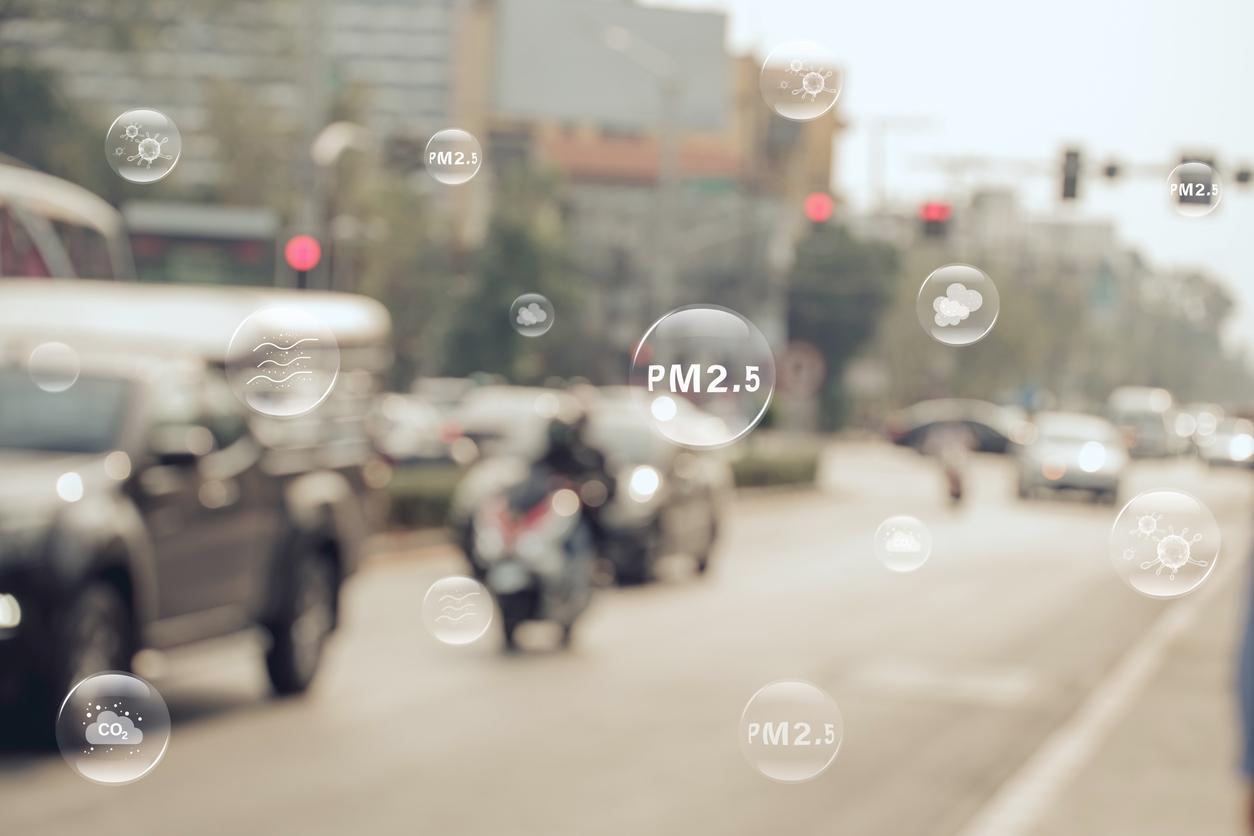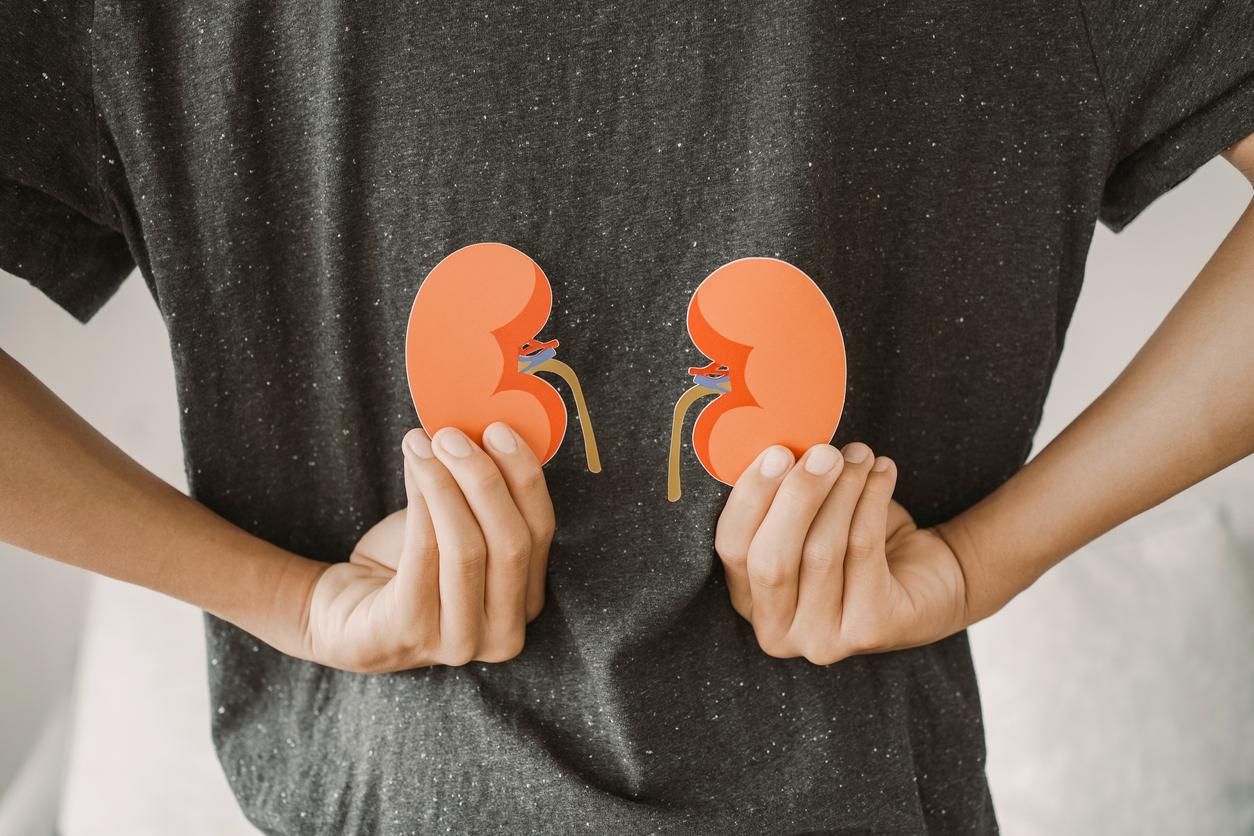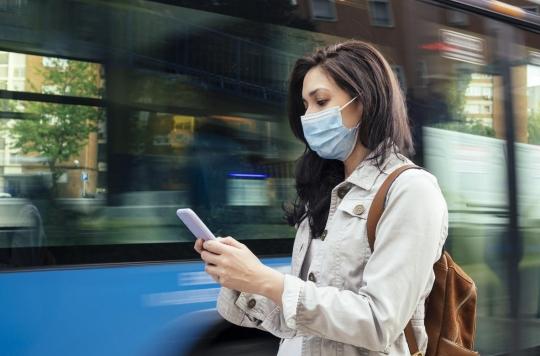They are everywhere. In our cosmetics, our food, packaging, our buildings or even our drugs and our cars … nanomaterials allow manufacturers to give products a certain size, to orient their morphology or even their texture. But where do they come from? What are the health risks associated with them? A few unknowns persist. It is for this reason that the National Agency for Food, Environmental and Occupational Health Safety (ANSES) manages a register called “R-Nano”. Except that it has not yet proven itself …
This is a national system which obliges manufacturers to declare the use of nanomaterials. This makes it possible to establish a traceability of the use channels and little by little to fill the lack of knowledge of the effects of these nanoparticles on health and the environment.
Largely unusable declarations
Between 2013 and 2017, 52,000 declarations were made to this effect. For a very large quantity and diversity of nanomaterials (more than 400,000 tonnes per year, underlines ANSES). However, this is not enough, because 90% of the data of these products cannot be used, “Only 10% correctly inform their use“, points out the Agency. This could not be explained by the declarations which lack requirements and too many exemptions granted to declarants.
To strengthen the study of nanomaterials, ANSES wishes to modify the conditions for declarations. The obligation, which does not currently rest on all actors in the chain (from manufacturing to marketing) would be extended. Ditto for particles coming from abroad. They also want to broaden the size criterion for nanomaterials to obtain more data. Secondly, the Agency wants to make these data more widely available.
Read also:
- Cosmetics: 5 tips to identify harmful substances (for health and the planet)
- 10 “clean” makeup removers according to UFC Que Choisir


















